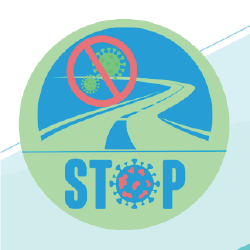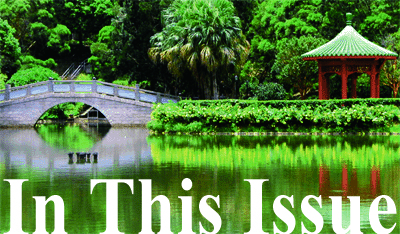
|
||||||||||||||||||||||||||||||||||||||||||||||||||||||||||||||||||||||||||||
| Research Highlights | ||
|
On the Road to Combat the Pandemic: Hong Kong Citizens’ Views on the Impact of and Responses to COVID-19
by Prof. Fanny M. Cheung, Dr Victor Zheng, & Dr Hua Guo  Coronavirus Disease 2019 (COVID-19) has not only shaken Hong Kong but has also spread around the world in a short period of time. The pandemic has taken many lives and caused tremendous economic losses; social relations and connections have also been severely impacted.
Coronavirus Disease 2019 (COVID-19) has not only shaken Hong Kong but has also spread around the world in a short period of time. The pandemic has taken many lives and caused tremendous economic losses; social relations and connections have also been severely impacted.
It has been one-and-a-half years since the first case of coronavirus infection was confirmed in Hong Kong in January 2020. There were four waves of outbreak during this period. Although hundreds of infected cases appeared daily at the peak of the third and fourth waves, the epidemic was eventually brought under control. Nonetheless, there is still a risk from imported cases, although the pandemic is less intense than before. At this important moment, it is necessary to conduct comprehensive research to analyse opinion polls and understand the attitudes of citizens towards various disease prevention measures and arrangements implemented by the government. Since the start of the pandemic, studies have been conducted from different perspectives to determine how to combat the pandemic, for example, from the perspective of public health, technology, or medicine. However, studies are lacking on how to understand the emergency responses of people in this COVID-19 war. This research is based on data from long-term opinion polls. It includes an in-depth analysis of the COVID-19 pandemic from different aspects in Hong Kong. Directional policy recommendations are also provided to related policymakers and organizations. The Computer-Assisted Telephone Interviewing System (CATI) was used to conduct telephone surveys, including random sampling from landline phones and mobile phones. Through the collected data, the research team concluded that there were six major directions for further analysis: ● The influence of the pandemic on personal and family life; ● Individual responses and measures towards the pandemic; ● Views on the government’s disease prevention policies; ● Evaluations of the government’s performance in disease prevention; ● Views on the development of the pandemic; and ● The forecast on economic prospects and household income The research team discovered that citizens demonstrated active and stable responses to the pandemic, but that their vigilance in applying disease protection measures would become less intense as the pandemic eases. Also, individuals hold different views and stances towards the various disease prevention measures and arrangements implemented by the government. However, opinions are more varied on the policies or measures that impose more restrictions on personal freedoms, and these disagreements are also magnified among those in certain age groups and of certain political orientations. In addition, citizens hold an overall negative view of the government’s emergency response to the pandemic. The view on economic prospects and household income is pessimistic as well, more so among those in the non-establishment camp than in the establishment camp. Drawing on the research findings, the research team proposed directional policy recommendations. First, science should take the lead in disease prevention. The government should be sensitive in handling political factors and needs to be aware of the negative impact of announcing new emergency response measures. Second, the impact of the pandemic on different groups may differ. To resuscitate the economy, emergency response measures should focus on those groups that were the most affected by the pandemic. Lastly, promoting the value of “taking the big picture into consideration” and encouraging people to actively take protective measures could lead to more long-term and comprehensive results than hardline measures. These policy recommendations could help the government to understand public opinion and allow them to take it into consideration when implementing disease prevention policies in the future. To conclude, this research analysed public opinion and studied the public’s emergency response measures, and provides directional policy recommendations for policymakers and organizations. ■
|
||

